The human body is a marvel of complex systems, and one of the most important structures contributing to our movement and function is the muscular system. Within the abdominal region, the oblique muscle layer in the stomach plays a crucial role in maintaining stability, aiding in digestion, and supporting posture. This article explores the anatomy, function, and significance of the oblique layer in the abdominal muscles, shedding light on its importance in overall bodily health.
What is the Oblique Muscle Layer?
The oblique muscle layer is an essential part of the abdominal wall. This layer consists of two muscles: the external oblique and the internal oblique, which are positioned in a crisscross pattern. The external oblique muscles run diagonally, from the lower ribs to the pelvis, while the internal oblique muscles lie beneath them, running in the opposite direction.
These muscles are responsible for the rotation, flexion, and stabilization of the trunk, playing a key role in a range of bodily movements. The oblique muscle layer helps with actions such as twisting, bending sideways, and even breathing by aiding in the compression of the abdominal cavity.
Anatomy of the Oblique Layer
The oblique muscle layer in the stomach is composed of three major layers of muscles: the external oblique, the internal oblique, and the transversus abdominis, each playing different but complementary roles in abdominal function.
-
External Oblique Muscle: This muscle is located on the outermost layer of the abdomen, running from the lower ribs toward the pelvis and the midline of the abdomen. It is involved in the rotation and side-bending of the trunk, as well as stabilizing the pelvis during movement.
-
Internal Oblique Muscle: Located just beneath the external obliques, the internal oblique muscles run in the opposite direction. These muscles provide additional support and assist in the flexion, rotation, and stabilization of the torso.
-
Transversus Abdominis: The deepest layer, this muscle is critical for abdominal compression, helping to protect internal organs and regulate pressure within the abdominal cavity.
The Role of the Oblique Muscle Layer in Movement
The oblique muscle layer is instrumental in allowing the body to perform a wide variety of movements. Whether you are twisting to reach something, performing a crunch, or engaging in sports that require rapid directional changes, the obliques are heavily involved in these motions.
-
Trunk Rotation: One of the primary functions of the oblique muscles is to enable the rotation of the torso. For example, when you turn your body to look over your shoulder, your external and internal obliques work together to facilitate this movement.
-
Lateral Flexion: The obliques are also responsible for side-bending motions. Whether you're stretching or reaching for something at your side, the oblique muscle layer allows for controlled lateral flexion.
-
Core Stability: In addition to movement, the oblique layer helps to stabilize the core. It plays an integral part in supporting the spine and pelvis, providing the necessary strength to maintain posture during various activities, from sitting to heavy lifting.
Health Benefits and Training the Oblique Muscle Layer
Regular exercise that targets the oblique muscle layer can provide numerous health benefits. Strengthening these muscles can improve posture, reduce the risk of injury, and increase overall mobility. Effective exercises to engage the oblique muscle layer in the stomach include side planks, Russian twists, and bicycle crunches.
-
Core Strengthening: Strengthening the obliques is essential for building a strong, stable core. This, in turn, improves balance and helps prevent back pain or discomfort.
-
Improved Flexibility and Movement: With targeted exercises, you can increase your flexibility, which enhances your ability to perform everyday activities with ease. This is especially important for athletes and individuals who perform dynamic movements in their routine.
-
Injury Prevention: By strengthening the oblique muscles, you improve your body’s ability to handle strain and stress, reducing the likelihood of strains or injuries in the back and hips.
Conclusion
The oblique muscle layer in the stomach is far more than just an aesthetic feature. It plays a critical role in trunk rotation, lateral flexion, and overall core stability. Understanding the anatomy and function of the oblique muscle layer helps us appreciate how these muscles contribute to both movement and bodily health. Regularly strengthening the obliques through targeted exercises can yield significant benefits for posture, flexibility, and injury prevention.






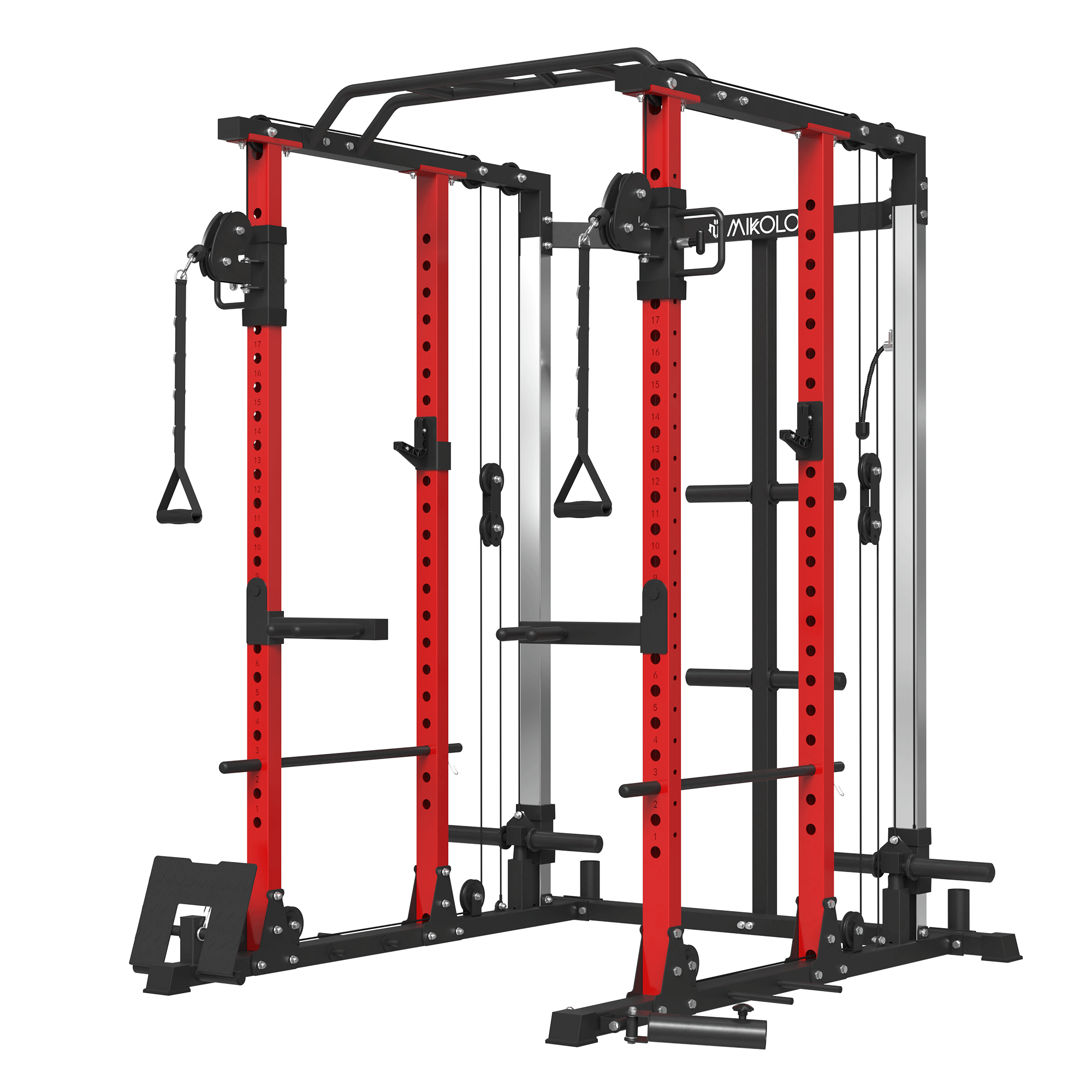



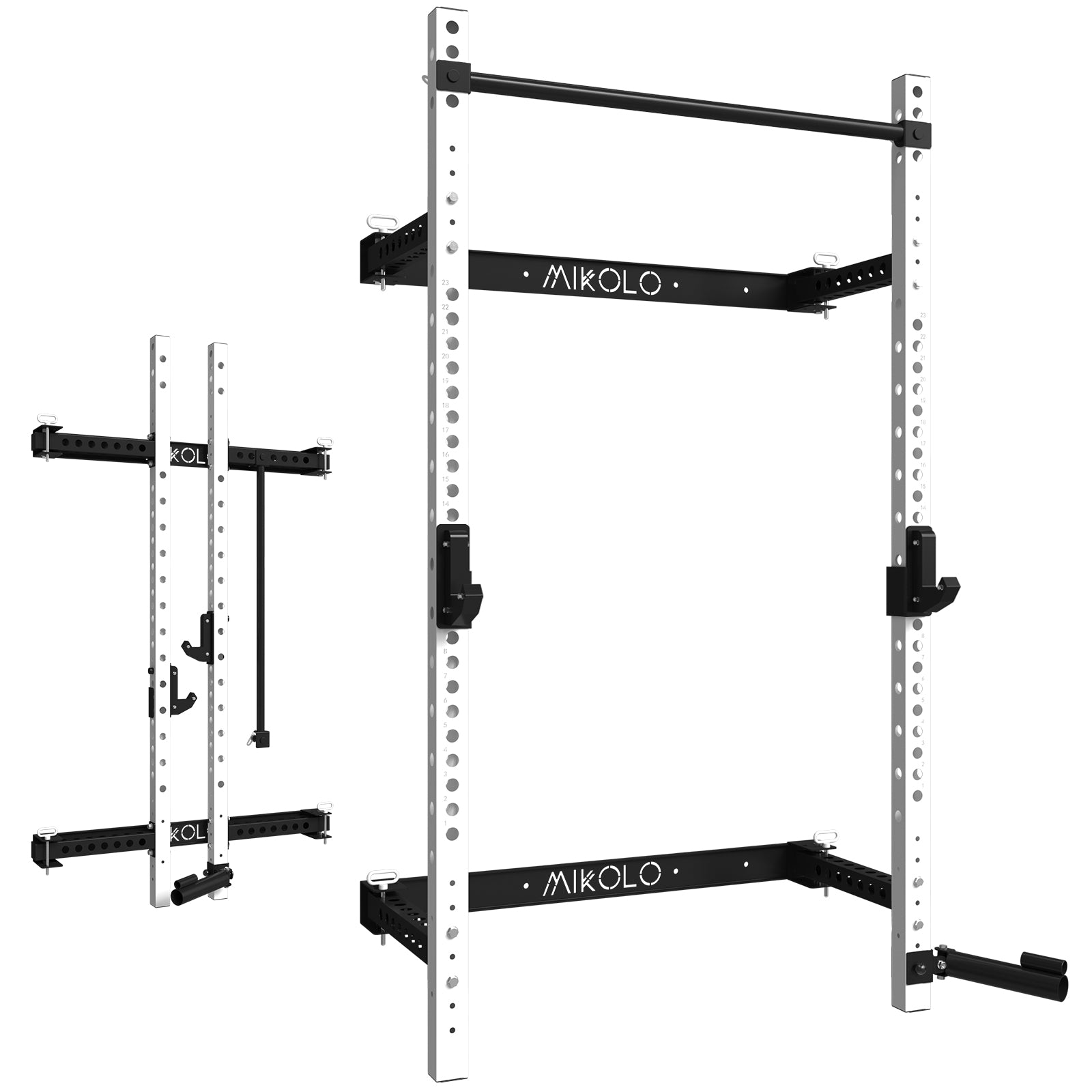









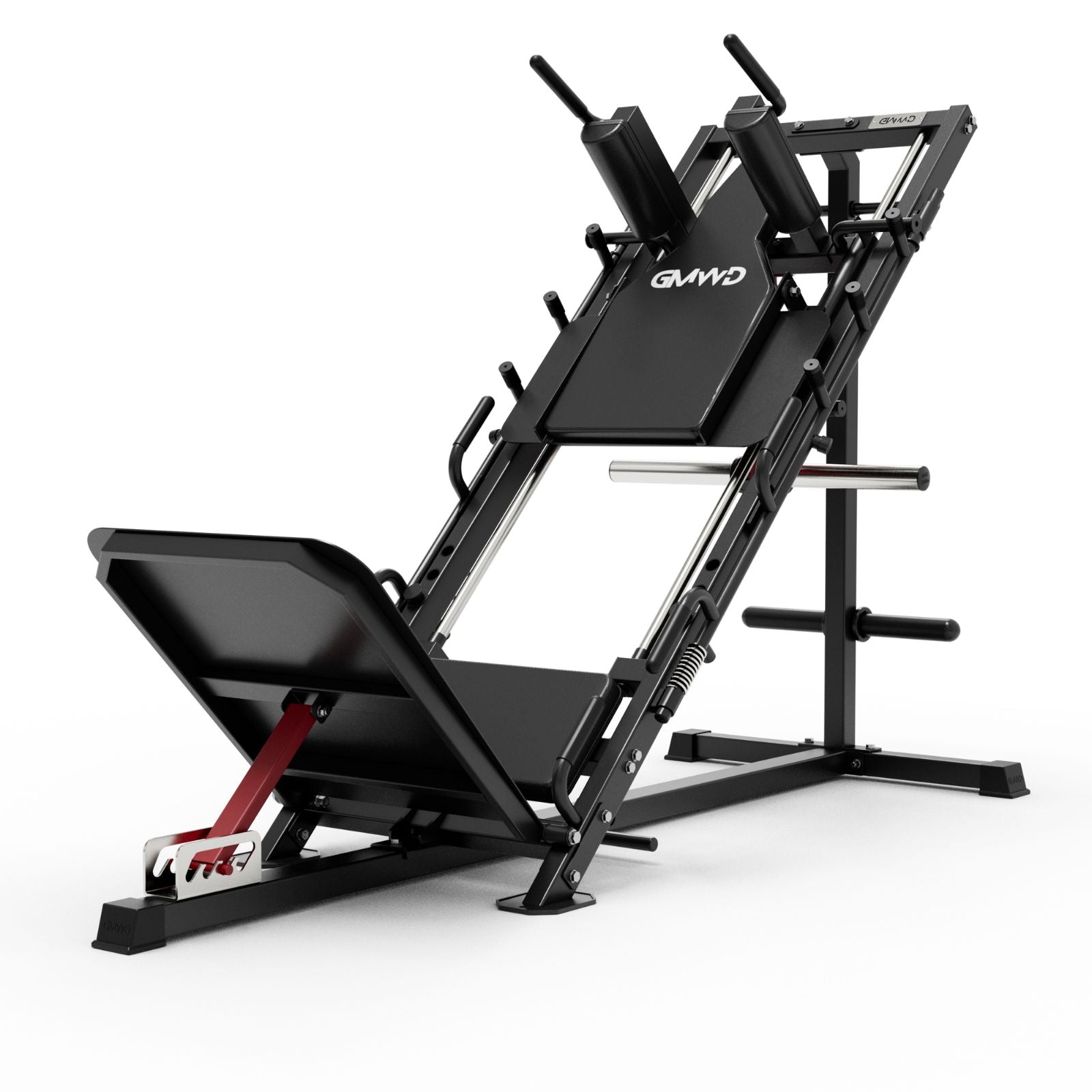







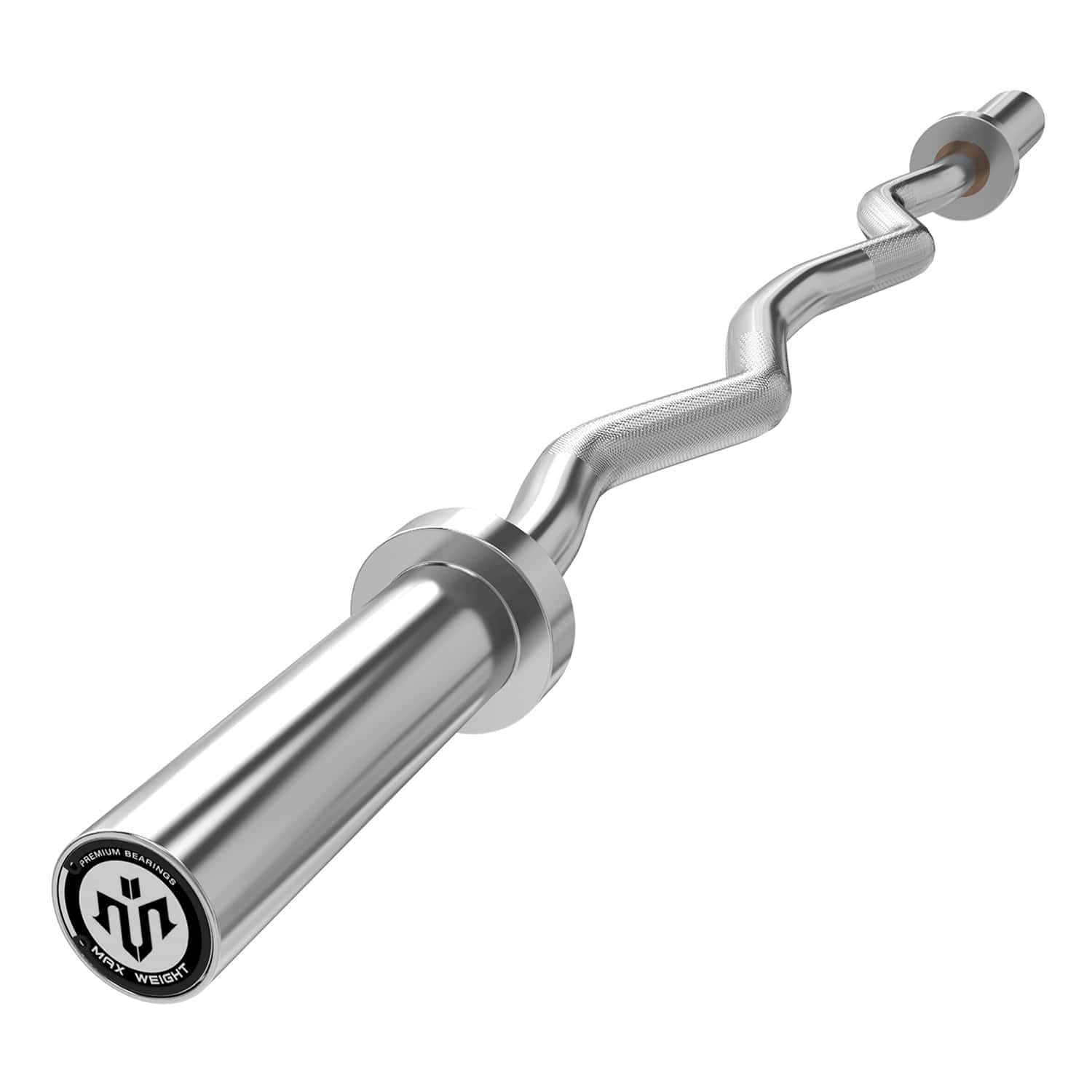
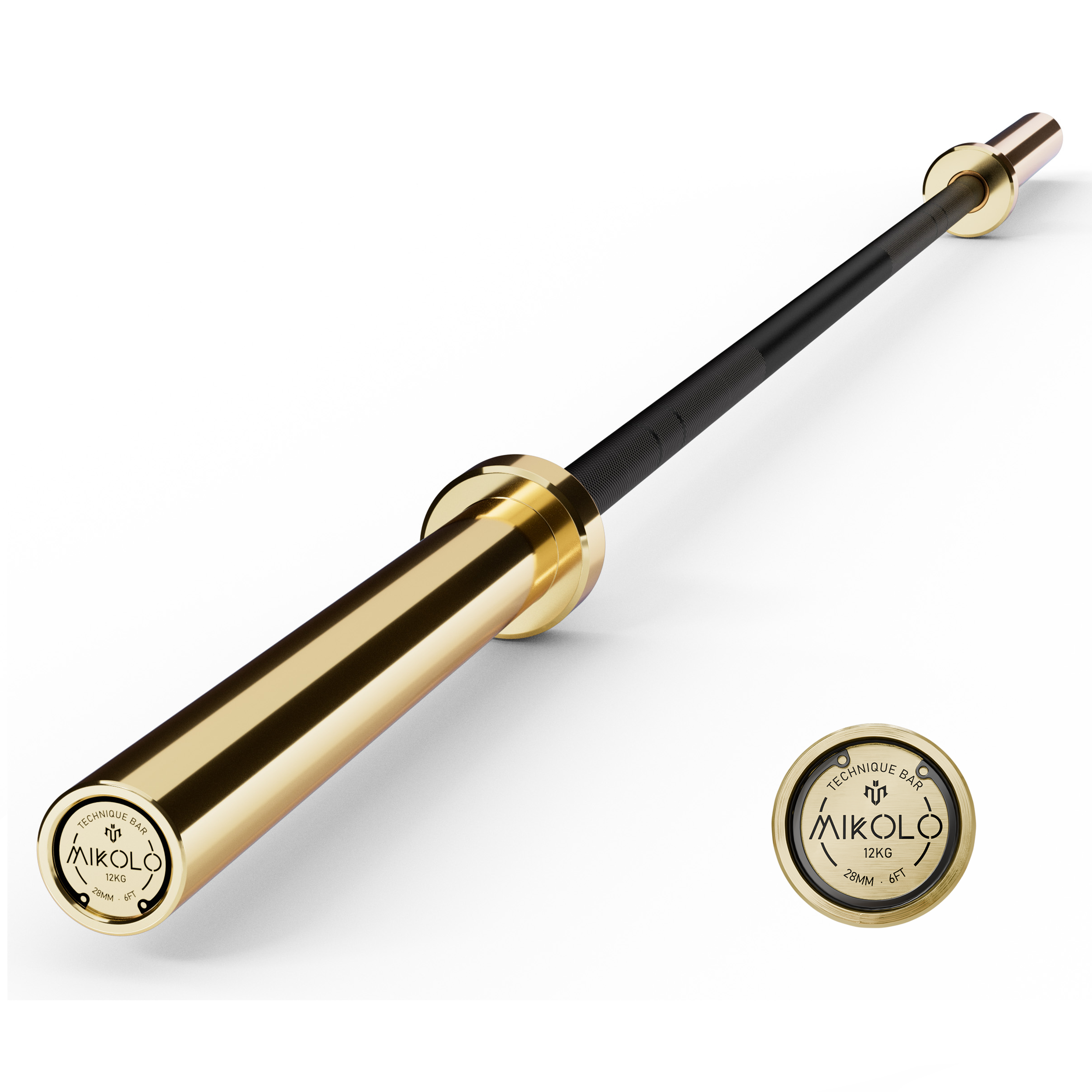


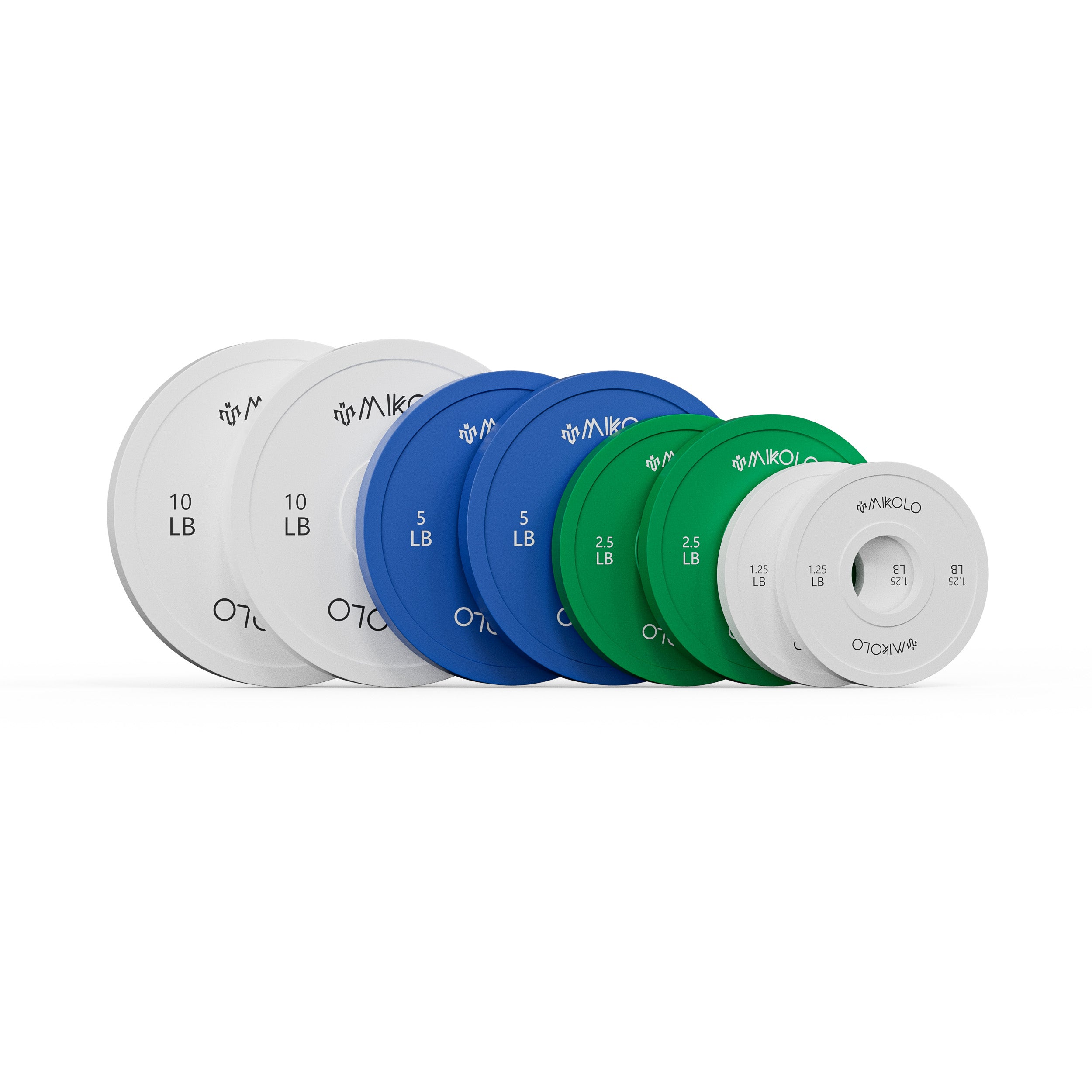



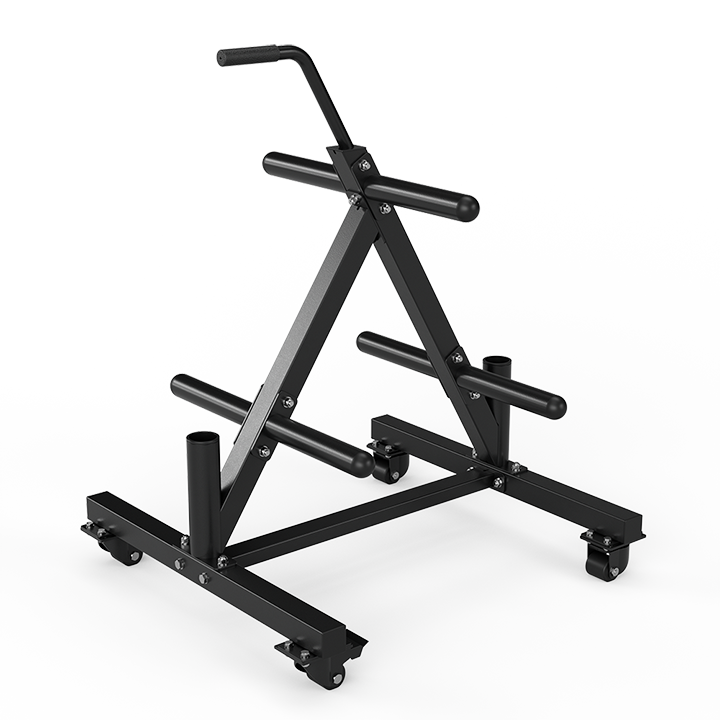
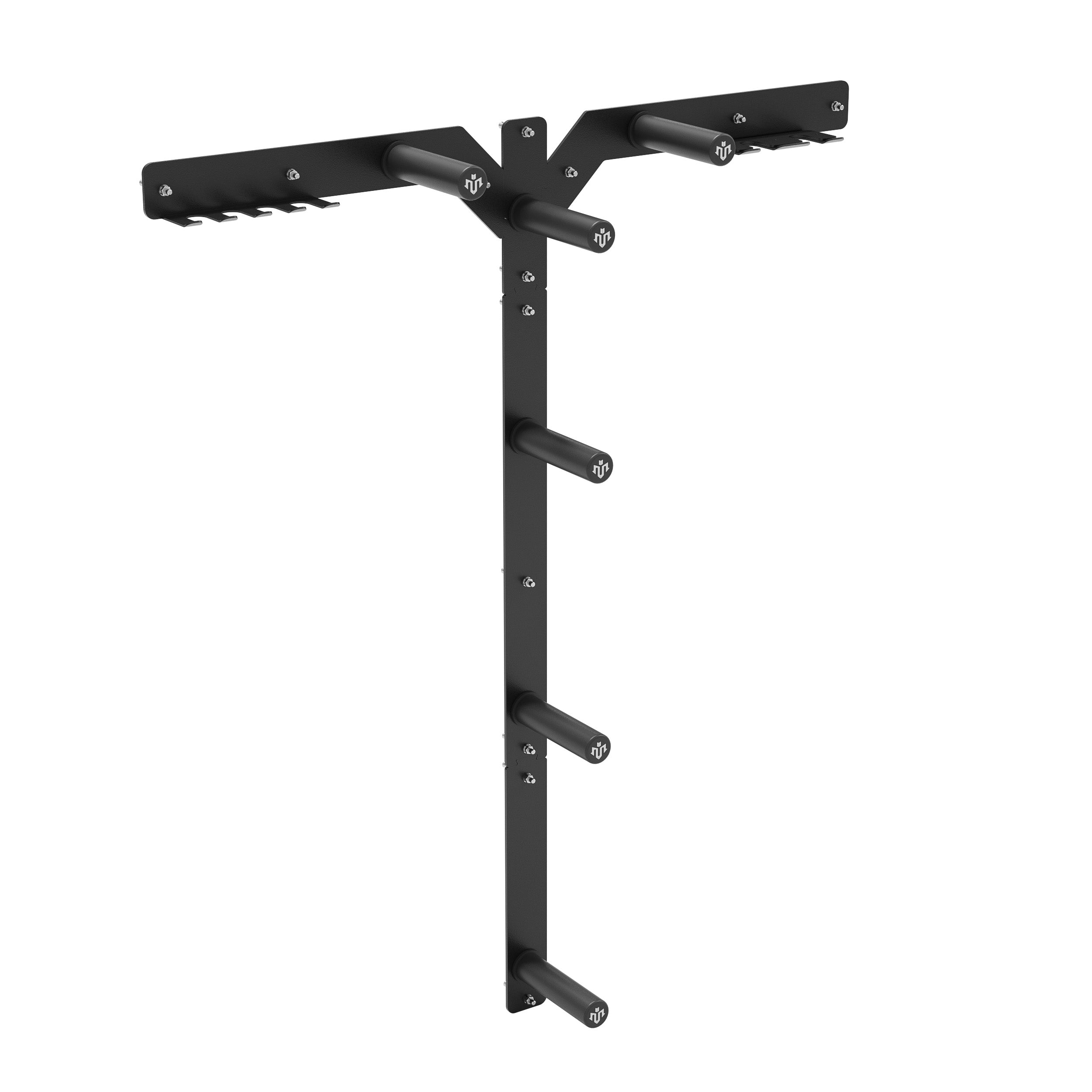




Leave a comment
This site is protected by hCaptcha and the hCaptcha Privacy Policy and Terms of Service apply.